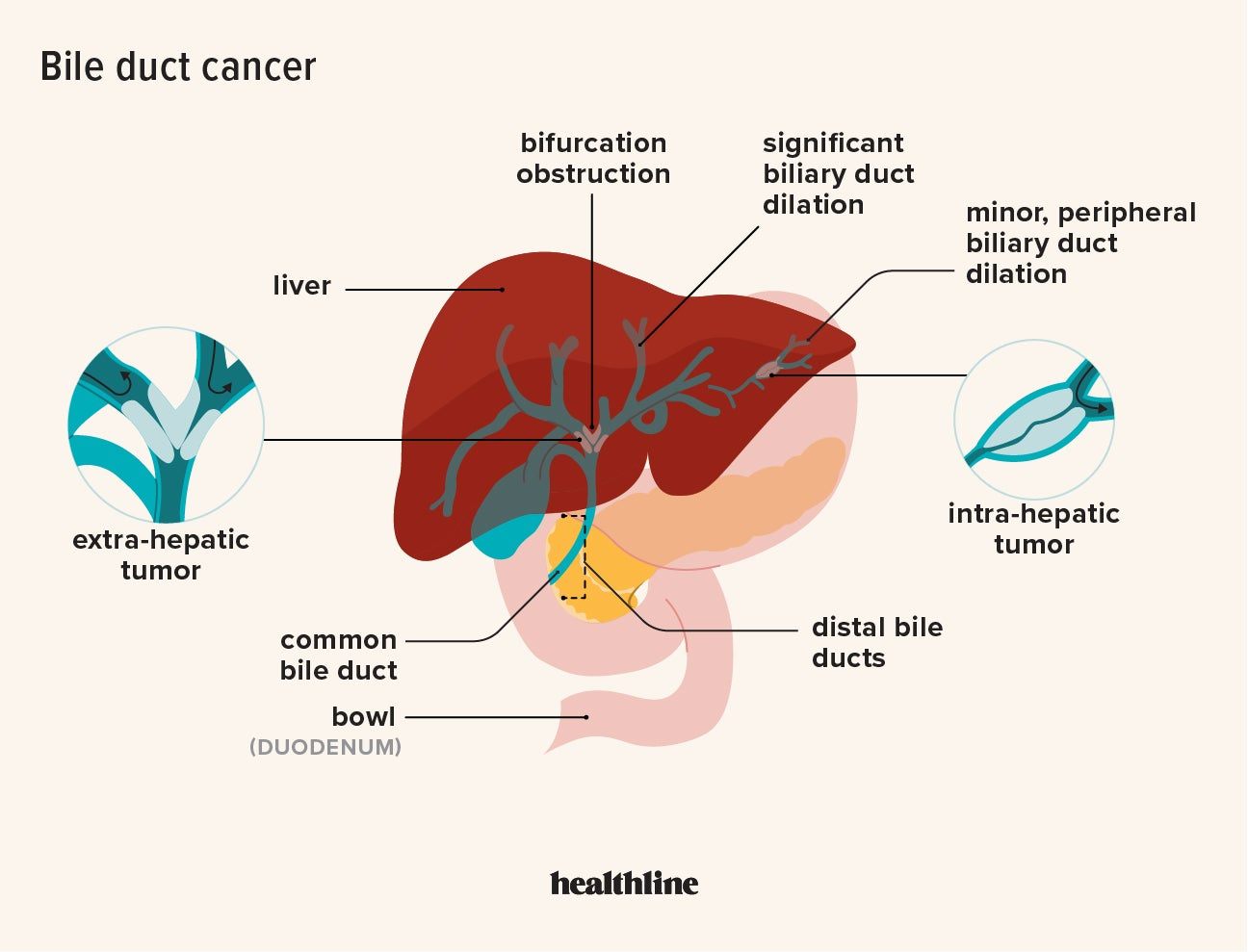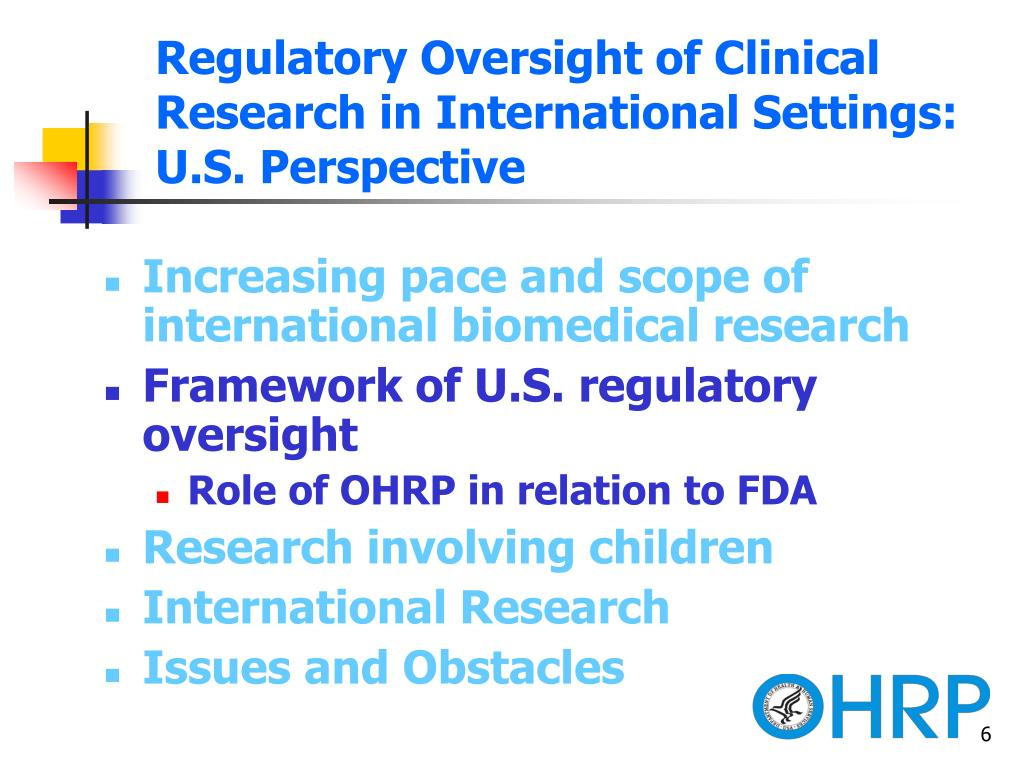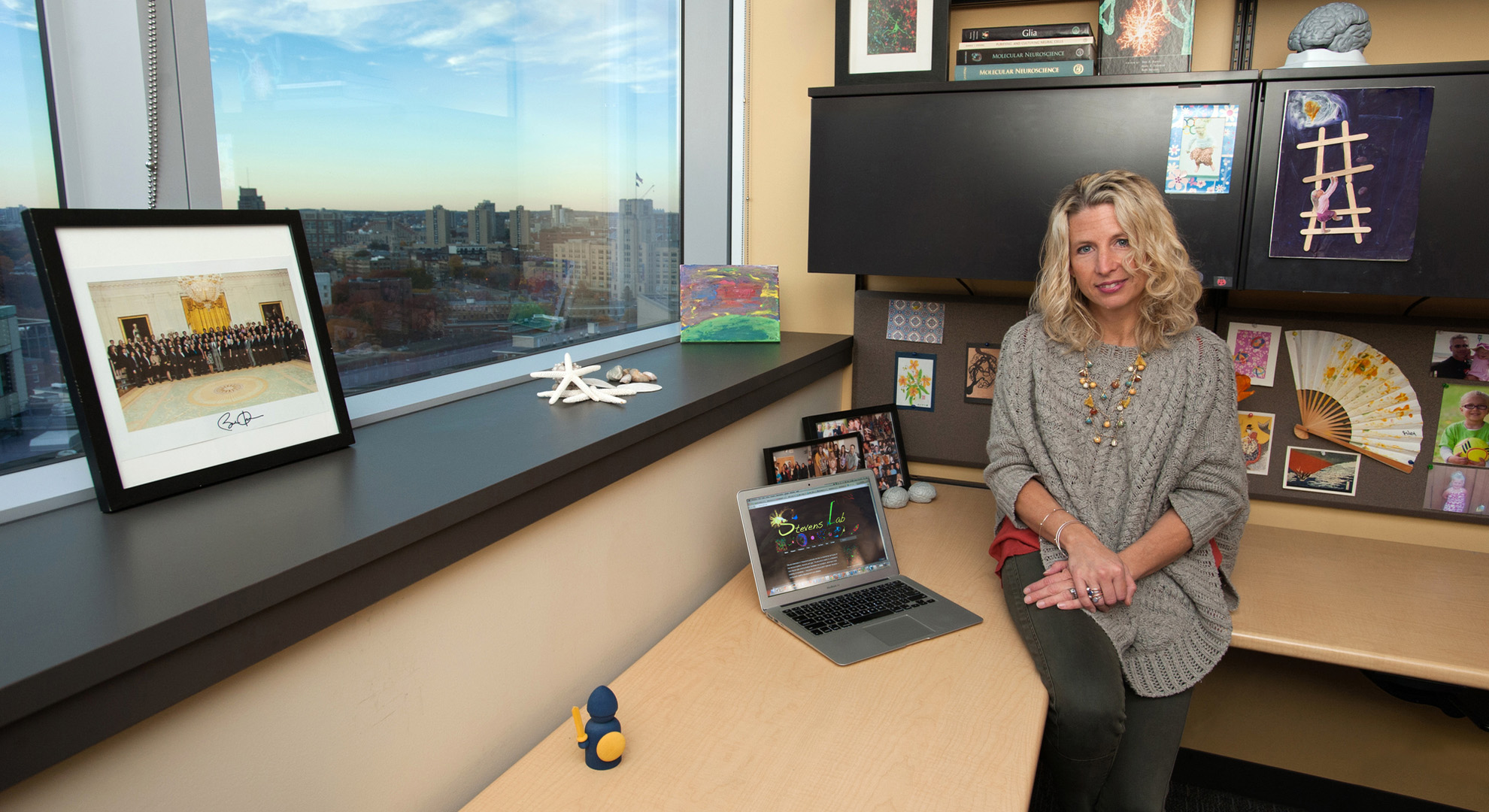
Gene editing breakthroughs are ushering in a new era of medical science, drastically changing the landscape of genetic disease treatment. Researchers like David Liu have harnessed innovative technologies such as base editing and prime editing to refine our approach to correcting genetic mutations, a feat once thought to be the stuff of science fiction. In clinical settings, these powerful tools are already demonstrating their life-altering potential by allowing doctors to target and rectify specific DNA errors that lead to severe health conditions. As Alyssa Tapley’s inspiring story illustrates, such advancements are more than just scientific triumphs; they signify hope and healing for countless individuals who suffer from previously untreatable genetic disorders. The impact of CRISPR technology and its derivatives cannot be overstated, as they pave the way for revolutionary treatments that hold promise for future generations.
In the evolving field of genetic manipulation, recent advances have significantly improved our ability to alter biological information with precision. Cutting-edge techniques like base editing and prime editing move beyond traditional gene alteration methods, presenting innovative solutions for amending defects in DNA sequences that cause various diseases. Pioneers in this domain, including notable figures such as David Liu, are redefining our understanding of genetic interventions by exploring how these advancements can be leveraged for effective treatment options. With the continued refinement of these technologies, medical professionals are increasingly optimistic about their potential to transform how we approach genetic illnesses. As ongoing clinical trials expand, the promise of tailored therapies becomes tangible, representing a significant leap toward personalized medicine.
Gene Editing Breakthroughs: Transforming Lives
In recent years, gene editing breakthroughs have revolutionized the landscape of medical science, particularly in the treatment of genetic diseases. Innovations such as base editing and prime editing have shown remarkable potential in correcting genetic mutations that lead to diseases. A notable example is Alyssa Tapley, a young girl whose battle with T-cell leukemia was dramatically altered by a clinical trial utilizing base editing technology. The success of this treatment not only saved her life but also exemplified the life-changing impacts of advanced gene editing techniques.
As researchers like David Liu at the Broad Institute continue to pioneer advancements in gene editing, there is growing optimism about erasing the genetic underpinnings of various diseases. Liu emphasizes that while these technologies provide hope, they also come with a significant responsibility to ensure patient safety and efficacy. The excitement surrounding these breakthroughs reflects a broader commitment in the scientific community to harness genetic engineering as a tool for healing.
The Role of Base Editing in Genetic Disease Treatment
Base editing has emerged as a crucial method in the fight against genetic diseases, allowing precise alterations to the DNA sequence without inducing double-strand breaks. It specifically targets the foundations of DNA — the nucleotide bases A, T, C, and G — thus offering a more refined approach to genetic modification. Unlike traditional CRISPR technology, which operates more like genetic scissors, base editing allows researchers to change individual bases, potentially correcting the most common mutations responsible for many hereditary conditions.
The implications of this technology are significant. With over 18 clinical trials underway using base editing, medical professionals are exploring its potential for treating diverse genetic disorders. As David Liu readily explains, this method presents a promising alternative for patients who have exhausted conventional treatment options. It encapsulates a transformative shift in how we understand and address genetic illnesses, embodying the convergence of innovative science and urgent medical necessity.
Prime Editing: The Future of Gene Editing Technologies
Prime editing, another groundbreaking development in gene editing, goes beyond the capabilities of both traditional CRISPR and base editing. Liu and his colleagues developed this technology to directly search for and replace specific DNA sequences, akin to using a word processor. This capability is particularly significant for genetic defects caused by more complex sequence errors, including missing or extra nucleotides. By allowing for such precise edits, prime editing holds immense promise for correcting a wider variety of genetic conditions.
As research and clinical trials progress, prime editing may pave the way for new treatments for diseases previously considered untreatable. Liu’s team has highlighted its potential to eliminate difficult mutations without the risks that come with the more invasive methods of gene editing. This progress represents an exciting frontier in genetic research, where the focus is shifting to not only modifying but correcting the very fabric of life.
David Liu’s Achievements in Gene Editing
David Liu’s contributions to the field of gene editing cannot be understated. As a recipient of the prestigious Breakthrough Prize, Liu’s innovations in the laboratory have significantly altered how scientists are approaching genetic diseases. His pioneering work has led to the development of base editing and prime editing, opening up new avenues for research and clinical applications. Liu’s commitment to making these technologies safe and accessible illustrates his profound impact on modern medicine.
Through his work, Liu not only provides hope for millions suffering from genetic disorders but also emphasizes the importance of basic science. His early research laid the groundwork for the revolutionary CRISPR technology that has since sparked a global scientific movement. As the landscape of genetic research continues to evolve, Liu’s achievements will undoubtedly serve as a foundation for future breakthroughs in gene therapy.
The Ethical Considerations of Gene Editing
While the advancements in gene editing technologies like base editing and prime editing showcase incredible potential, they also raise significant ethical concerns. Issues such as accessibility, consent, and the potential for unintended consequences must be carefully navigated as these technologies become increasingly prevalent in clinical settings. Liu advocates for a rigorous approach to research that prioritizes patient safety and ethical standards, ensuring that the benefits of gene editing are equitably distributed among all populations.
Furthermore, as the capabilities of gene editing expand, so too does the responsibility of scientists to communicate effectively with society about what these technologies can achieve. It is essential to foster informed discussions on the ethical implications of gene modifications, particularly in light of the possibilities for designer genes. Balancing scientific innovation with ethical considerations will be crucial in shaping the future of genetic research and its application in healthcare.
The Impact of CRISPR Technology on Modern Science
CRISPR technology has fundamentally altered the approach to genetic research and therapy, providing scientists with the tools to edit genomes with unprecedented precision and efficiency. The discovery of CRISPR’s role in bacterial immunity sparked curiosity that rapidly evolved into a powerful technology applicable to human genetics. David Liu’s work on CRISPR derivatives highlights how essential basic science is to develop applications that hold promise in treating genetic diseases.
Over the past decade, CRISPR has transitioned from lab curiosity to a critical player in the fight against genetic disorders, enabling hundreds of clinical trials and yielding promising results. The ability to employ CRISPR for gene editing has catalyzed a flurry of innovations in biotechnology, making genetic research more accessible and proactive, rather than solely reactive. This transformation underscores the versatile applications of CRISPR technology and its role as a driving force in modern science.
Harnessing Gene Editing for Disease Prevention
As scientists explore the potential of gene editing, a significant focus has shifted toward the proactive prevention of genetic diseases rather than simply treating them after they manifest. Techniques such as base editing and prime editing enable researchers to directly correct mutations before they lead to disease, marking a paradigm shift in genetic health. This preventative approach has the capacity to change outcomes for individuals with hereditary conditions, offering a potential pathway to a healthier future.
Moreover, the application of gene editing in preventive medicine holds promise for reducing the long-term economic burden of genetic diseases on healthcare systems. By addressing the root causes of genetic illnesses before they develop into full-blown conditions, healthcare providers can allocate resources more effectively and improve overall public health outcomes. The strategic integration of gene editing into preventive strategies underscores the transformative potential of these technologies in the realm of genetics.
The Future of Gene Editing Research
Looking ahead, the future of gene editing research appears bright, particularly as innovations continue to evolve beyond the foundational methods established by CRISPR technology. Researchers like Liu are forging pathways that not only enhance existing techniques but also explore new methodologies for even more precise gene modification. As more trials using base and prime editing enter the clinical phase, the therapeutic possibilities are expanding, instilling hope in the fight against genetic diseases.
Furthermore, ongoing research will likely yield new applications that enhance the utility of gene editing in fields such as agriculture, bioengineering, and disease modeling. The intersections of these disciplines will promote collaborative efforts that drive advancements in gene editing technologies. As the scientific community embraces a culture of innovation, interdisciplinary cooperation will be essential to unlocking the full potential of gene editing for future generations.
Public Perception of Gene Editing Technologies
The public perception of gene editing technologies varies widely, influenced by factors such as media coverage, ethical considerations, and personal experiences. As stories of patients benefiting from advancements like base editing become more prominent, there is a growing recognition of the potential benefits these technologies offer. However, concerns surrounding ethical issues, such as the implications of ‘designer babies’ and genetic inequality, continue to shape public discourse on the subject.
To mitigate fears and foster a positive public perception, scientists and advocates must work to educate and engage communities. Effective communication about the safety, efficacy, and ethical frameworks guiding gene editing research will be crucial in building trust. By addressing concerns transparently and highlighting success stories, stakeholders can promote a more informed understanding of gene editing’s role in healthcare and its potential to reshape lives.
Frequently Asked Questions
What are the latest gene editing breakthroughs in base editing?
Recent breakthroughs in gene editing, particularly in base editing, have shown promise for treating genetic diseases. Base editing allows for targeted modification of specific nucleotides in DNA without double-strand breaks, significantly improving precision and safety in genetic therapies.
How has CRISPR technology evolved in light of recent gene editing breakthroughs?
CRISPR technology has evolved from its initial role as a gene-editing tool to a foundation for newer techniques like base editing and prime editing. These breakthroughs provide more refined methods for correcting genetic mutations, enhancing the potential for effective therapies against genetic diseases.
What role did David Liu play in recent gene editing breakthroughs?
David Liu has been instrumental in advancing gene editing breakthroughs, specifically through the development of base editing and prime editing. His work underlines how these innovative techniques can correct genetic mutations that lead to diseases, making significant strides in genetic disease treatment.
What is prime editing and how does it relate to gene editing breakthroughs?
Prime editing is a revolutionary advancement in gene editing that offers a more precise means of altering genetic sequences. Unlike CRISPR, which cuts DNA, prime editing uses a ‘search-and-replace’ mechanism to correct specific mutations, representing a substantial breakthrough in treating various genetic diseases.
How do gene editing breakthroughs like those developed by David Liu impact genetic disease treatment?
Gene editing breakthroughs such as base editing and prime editing have the potential to transform genetic disease treatment. These innovative technologies enable researchers to correct mutations at the DNA level, providing hope for patients suffering from previously untreatable genetic conditions.
What is the significance of clinical trials in advancing gene editing breakthroughs?
Clinical trials are crucial in validating gene editing breakthroughs like base editing and prime editing. These trials evaluate the effectiveness and safety of new therapies in patients, and initial results have shown promising outcomes by potentially eliminating symptoms of genetic diseases.
What challenges do researchers face in the future of gene editing breakthroughs?
Researchers face several challenges in the future of gene editing breakthroughs, including ensuring the safety and efficacy of new technologies like base editing and prime editing, as well as navigating regulatory landscapes and fostering collaborations to support ongoing innovations in genetic disease treatment.
How do base editing and prime editing differ in addressing genetic mutations?
Base editing modifies single nucleotides in DNA without making double-strand breaks, while prime editing facilitates precise replacements of larger genetic sequences. Both represent significant advancements in gene editing breakthroughs aimed at correcting genetic mutations associated with diseases.
What ethical considerations are associated with gene editing breakthroughs?
Gene editing breakthroughs raise various ethical considerations, including the potential for unintended consequences in the genome, the implications of germline editing, and equitable access to these advanced therapies. Ongoing discussions among scientists, ethicists, and policymakers are crucial to navigate these complexities.
| Key Points |
|---|
| Alyssa Tapley, 13, was cured of T-cell leukemia through a clinical trial using base editing, marking a breakthrough in gene editing. |
| David Liu, recipient of the Breakthrough Prize, emphasizes the responsibility of making gene editing safe and effective for patients. |
| Base editing allows for precise changes to single nucleotides in DNA, correcting mutations causing genetic diseases. |
| Prime editing, likened to a word processor, addresses more complex genetic mutations by replacing DNA fragments. |
| Liu’s research is rooted in basic science, with origins tracing back to CRISPR studies in the 1980s, now crucial for gene editing advancements. |
| Currently, at least 18 clinical trials using base and prime editing are underway, showing promising results in treating various diseases. |
| Liu warns that ongoing challenges in federal support for young scientists may hinder future advancements in gene editing. |
Summary
Gene editing breakthroughs mark a significant advancement in the field of genetics, with the potential to change lives profoundly. The recent success of base editing technology, demonstrated by Alyssa Tapley’s recovery from leukemia, showcases the real-world impact of research led by David Liu and his team. As more clinical trials are conducted, we inch closer to treating a wide array of genetic diseases, reflecting both the promise and responsibility scientists carry in this innovative field. With ongoing support and collaboration between education and federal agencies, the future of gene editing holds unprecedented potential.






